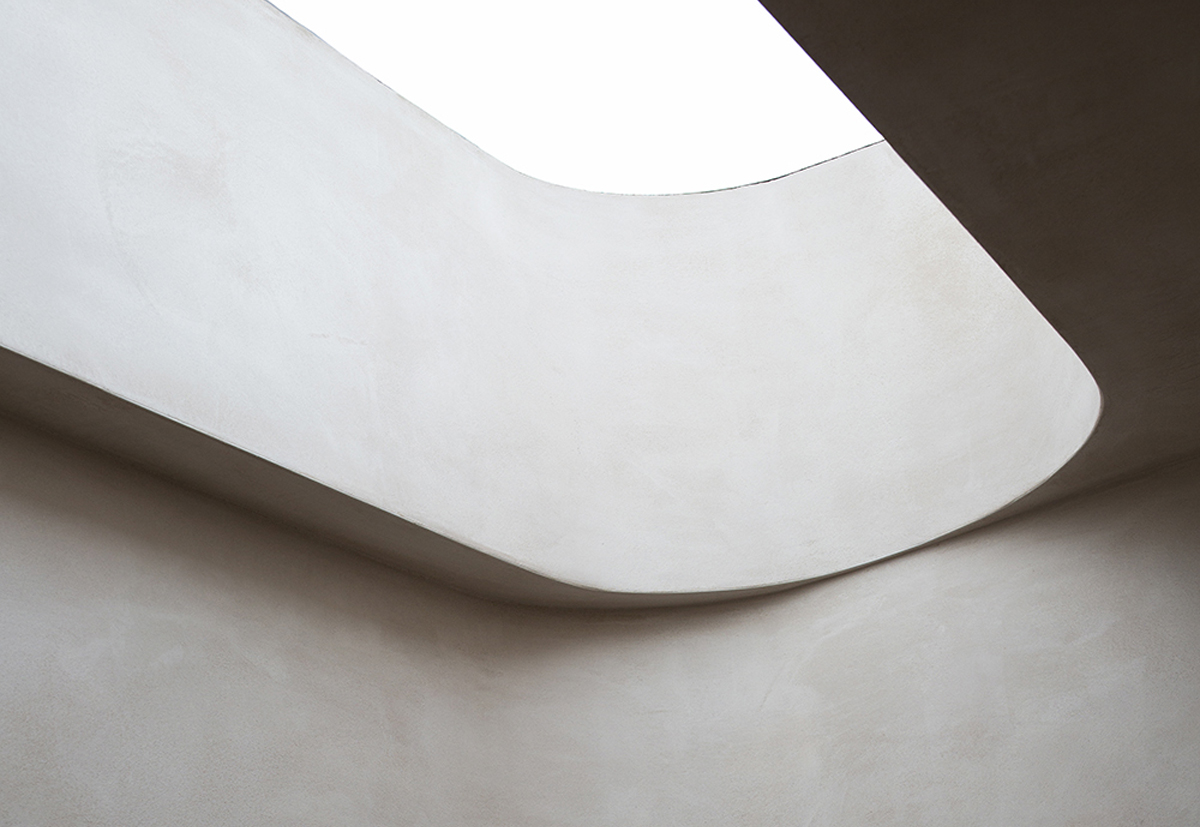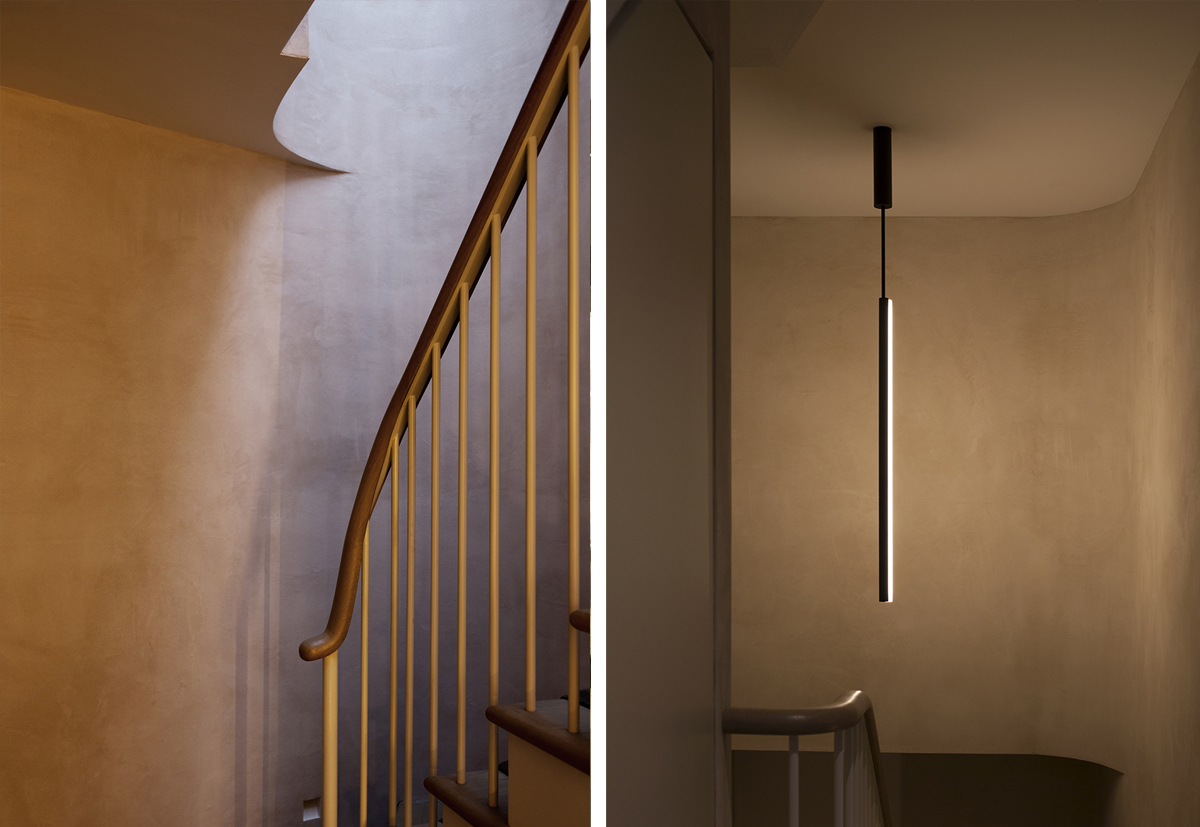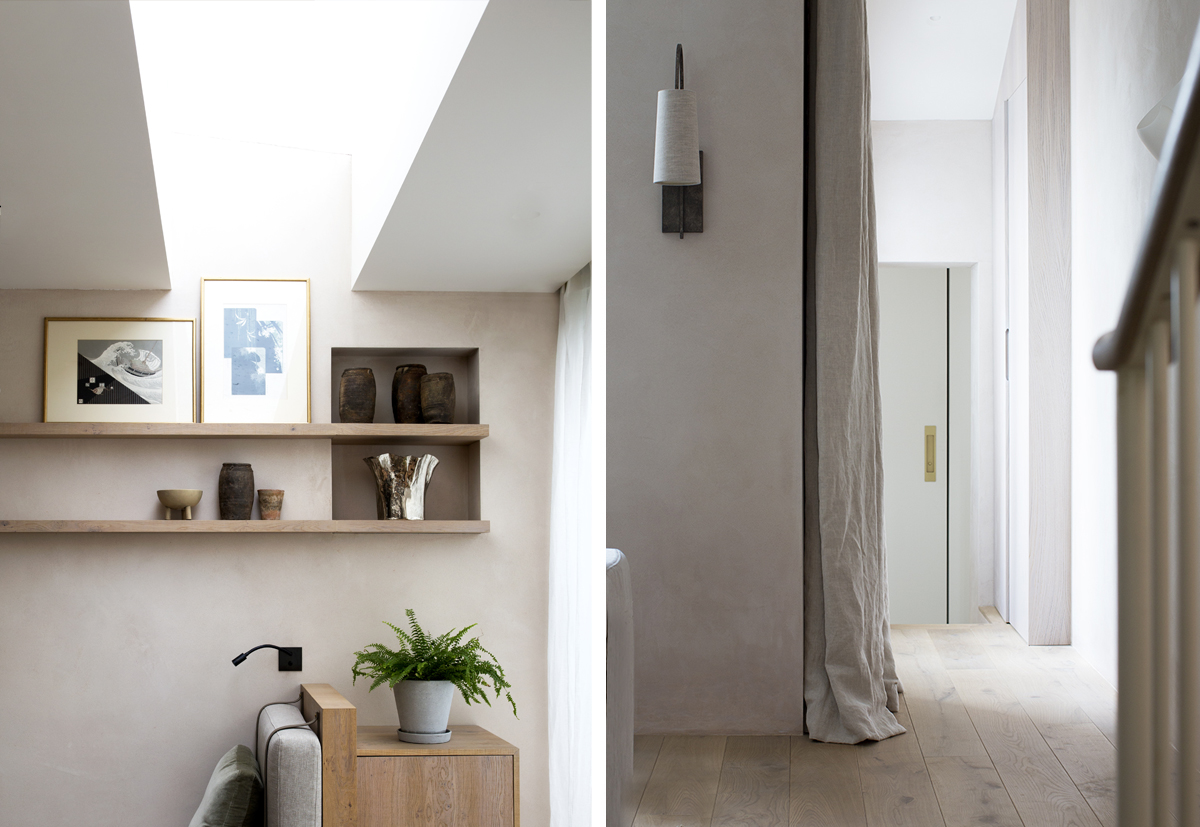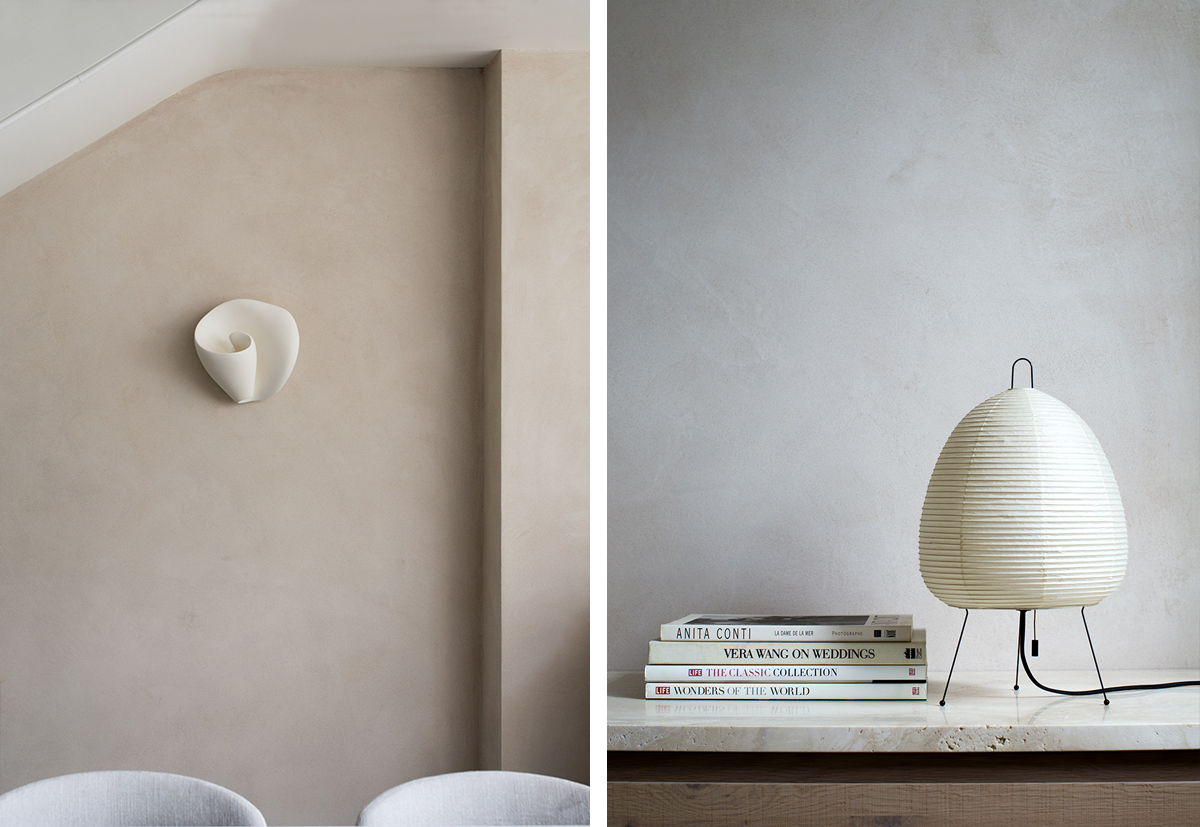
Light Reflectance Value
Clay, with its complex formula of different clays, minerals and numerous different natural pigments changes colour as the sun moves throughout the building or disappears behind a cloud. Sometimes gold, sometimes grey, sometimes brown, sometimes somewhere in-between.

Clay plasters are unique in their ability to absorb glare and play with light because they remain a raw material even after they dry. Unlike other plasters, and paints, they do not ‘cure’ when the set. They simply dry, leaving raw earth on the walls.

Light Reflectance Value is a measurement that tells you how much light a colour reflects, and conversely how much it absorbs. Light reflectance value informs everything from setting the mood to energy efficiency and lighting. It is also relevant for designing in contrast for adequate contrast between building surfaces colours as it ensures those who are visually impaired have safe passage around the building. LEED is interested in reflectance values of surfaces and adequate data will ensure the building complies with regulations set out by the Equality Act 2010 and the British Standards’ code of practice (BS 8300-2:2018).

To enable architects and designers to meet the new standards we have recently completed accredited LRV tests on a wide range of our finishes.
They are available on request.⠀


